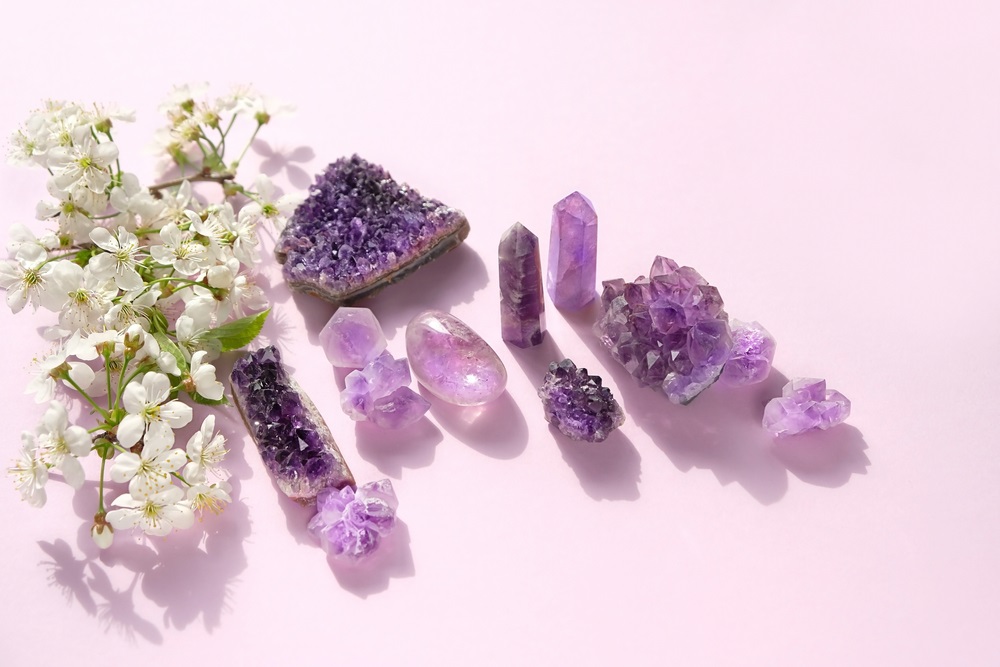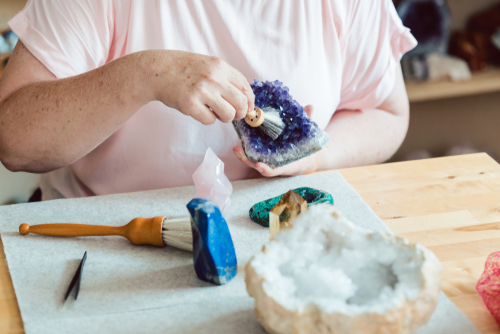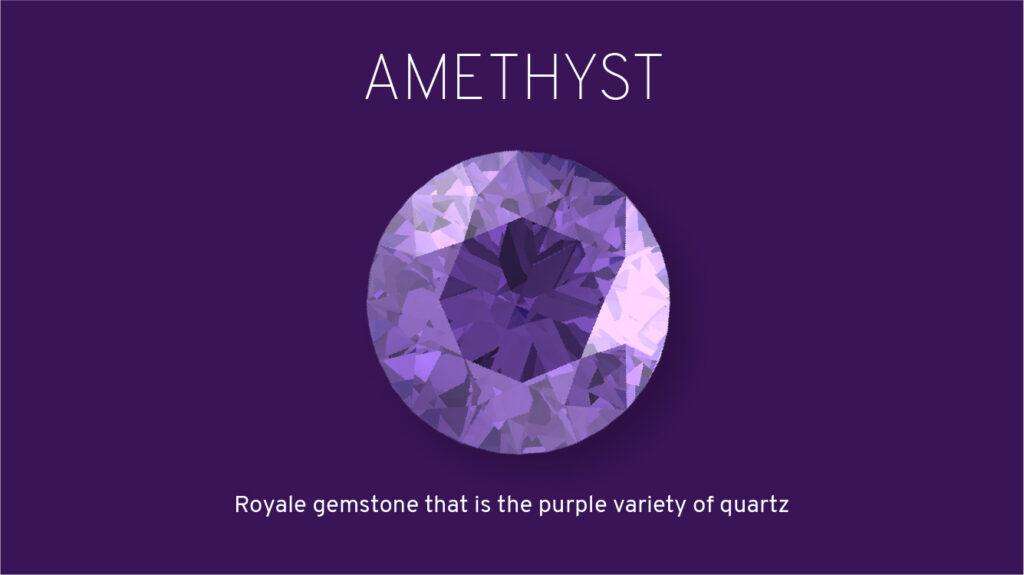|
Getting your Trinity Audio player ready...
|
Amethyst, the February birthstone, is the purple variety of quartz. This royal gemstone has been found in the collections of royale families for centuries now, especially throughout Asia and Europe. Read the full article to know more about the February birthstone before you gift your loved ones or adorn yourself with this precious gemstone.

History of Amethyst
The word “amethyst” is derived from the Greek word amethystos, which translates to a remedy for drunkenness. Because of its purple wine-like colour, this gemstone has been associated with Bacchus, the god of wine, in Greek mythology. During the Renaissance, Europeans believed that amethyst helped calm lovers overrun by passion. It was also believed that this purple gemstone helped the wearer keep a clear head and quick wit in the battlefield as well as in business affairs. The royals have admired amethyst since the time of Alexander the Great.
Some of the most important sources of amethyst are in South America and Africa. Until the 19th century, Russia was the major source of the February birthstone, but later larger deposits were found in Brazil. Brazil still continues to be a major supplier of this purple gemstone. Bolivia’s Anahi mine is another prominent source of amethyst.

Characteristics of Amethyst
Amethyst shows lilac to deep purple hues that can be cut into various sizes and shapes. This birthstone can be both mined as well as lab-manufactured. It is believed to have mystical powers that convey inner strength and personal empowerment to its wearer. Amethyst ranges a 7 on Mohs scale of hardness, which makes it an appropriate stone for everyday use. However, it is susceptible to getting damaged by other harder gems like diamonds, sapphires, and rubies. Using heat treatment on amethyst turns dark amethyst into lighter and more attractive hues. Heat treating an amethyst can also result in a permanent change of colour of this gemstone.

Caring & Cleaning of Amethyst
Though this gemstone is appropriate for daily wear, it does require regular repolishing due to visible wear. Placing it next to harder gemstones can cause damage, and hence must be stored separately. Exposure to excessive heat can make amethyst lose its colour entirely, and prolonged exposure to strong light can make it fade. Amethyst can be cleaned with an ultrasonic cleaner but is not recommended to be cleaned with steam cleaning. The best and safest way to clean an amethyst is to use mild soap and a soft brush.
Stay tuned for more information on birthstones and interesting trivia!

